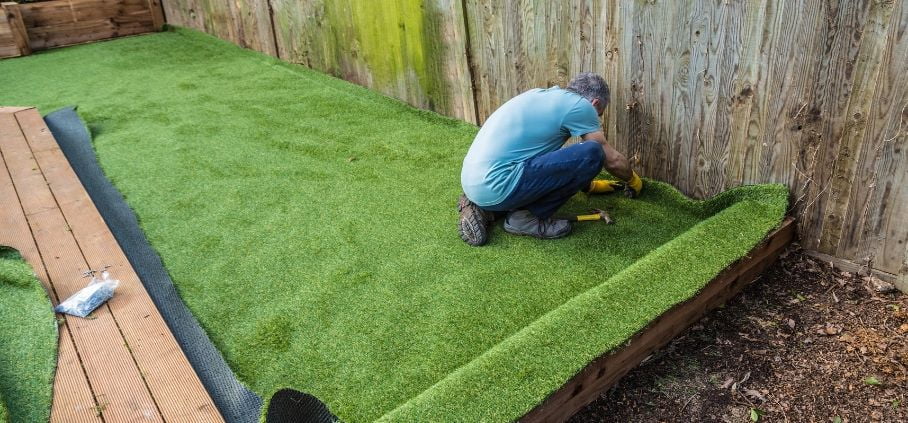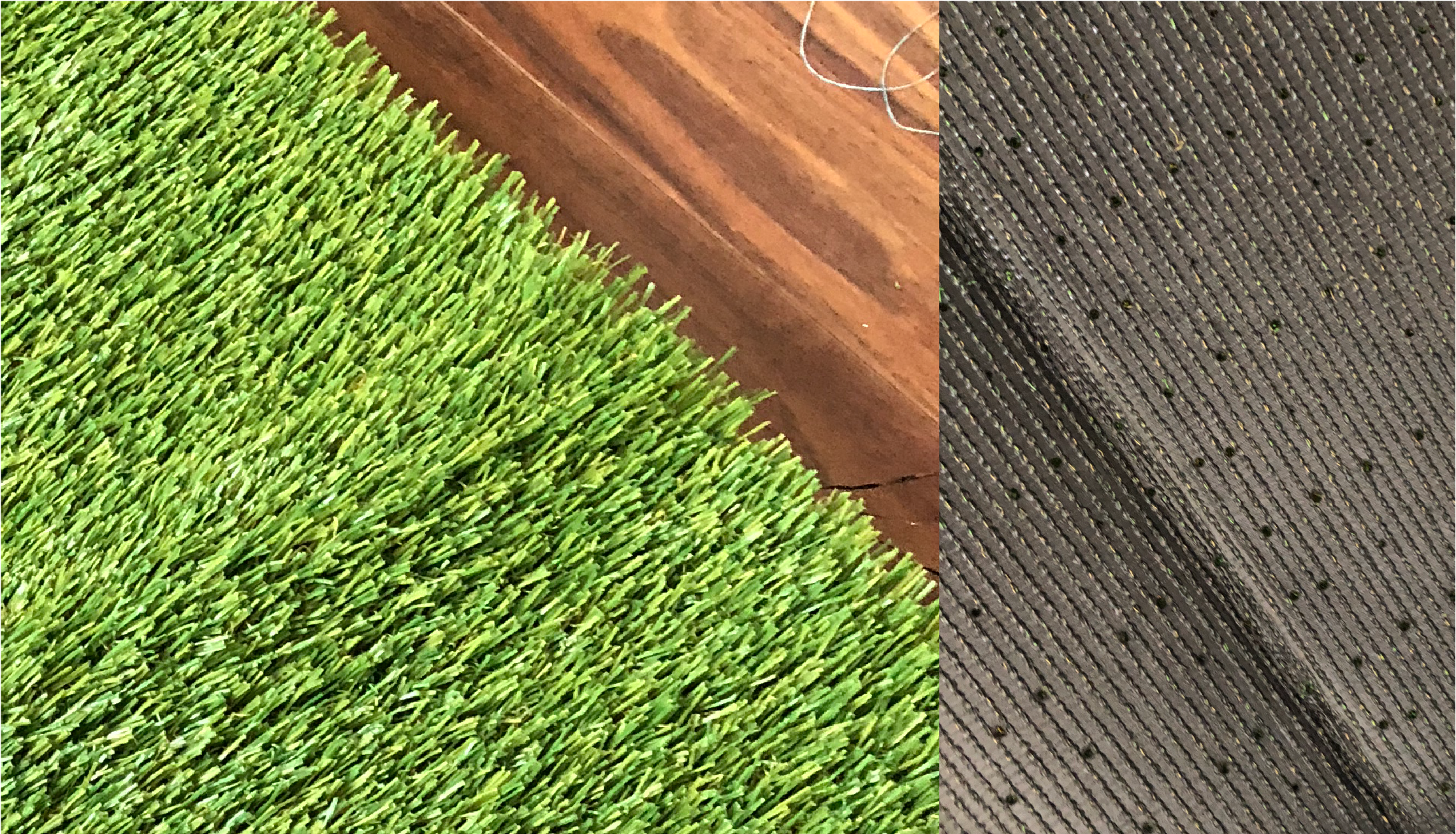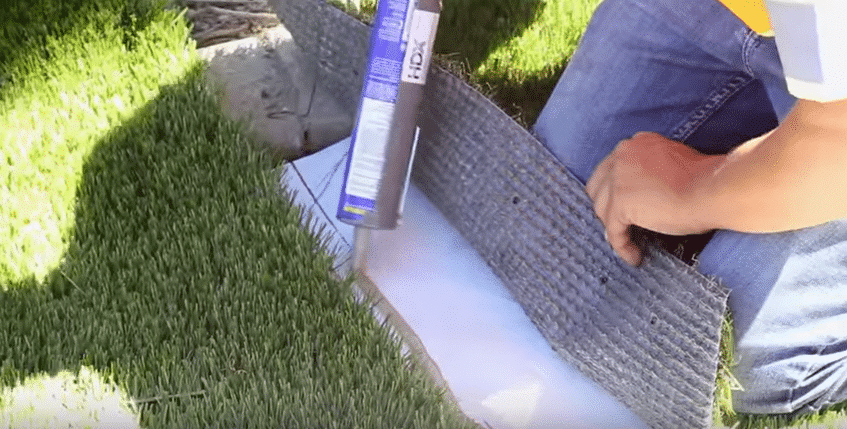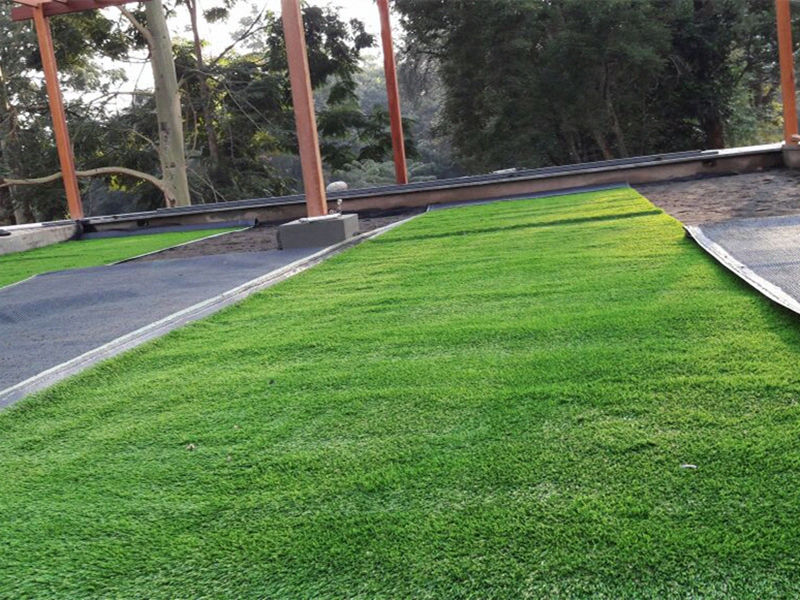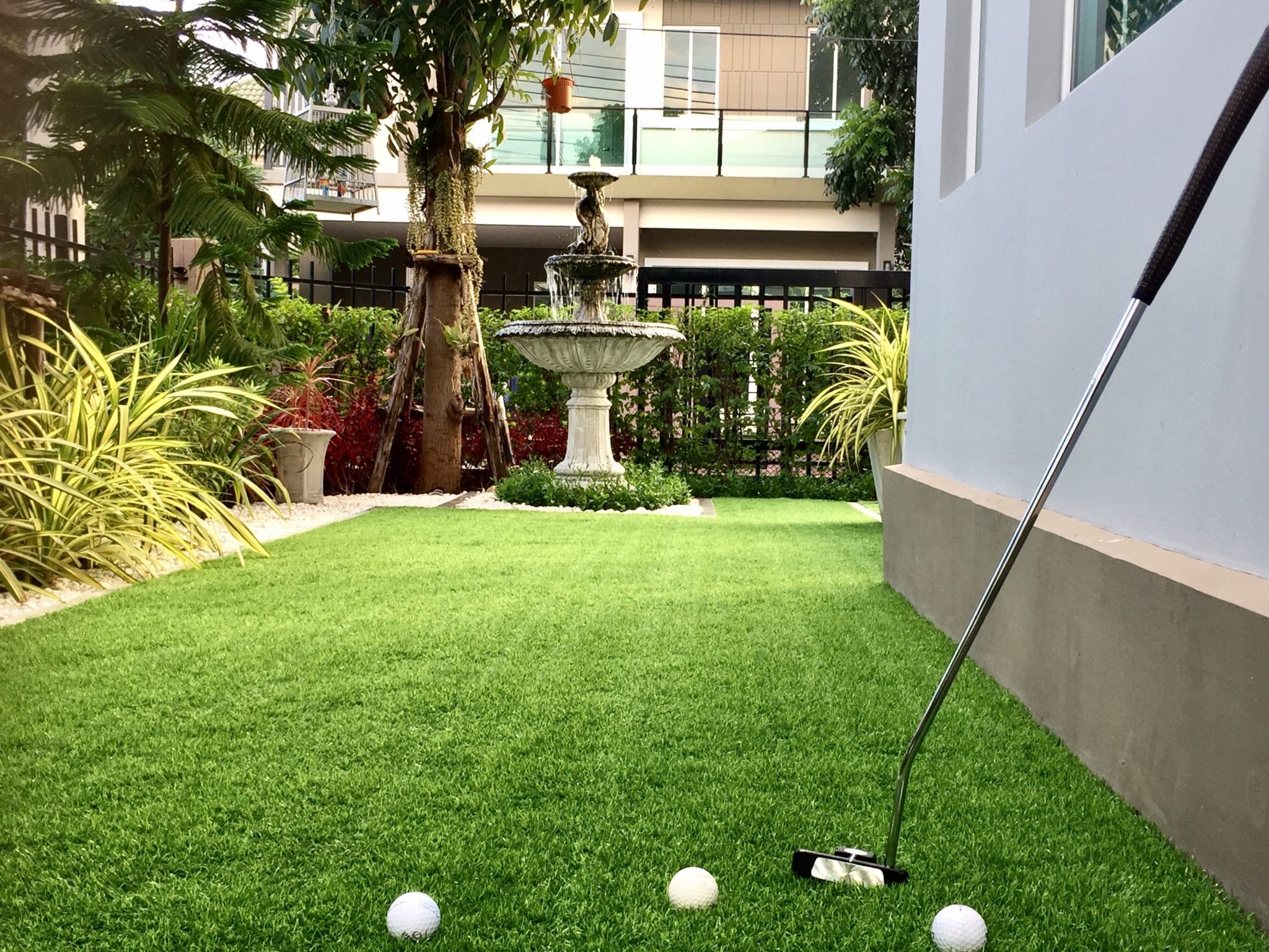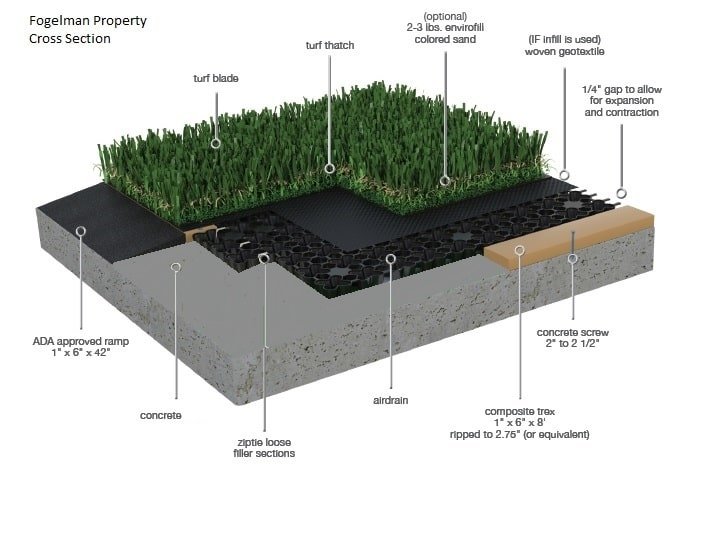Artificial Grass Laying Flat

If you are concerned about weeds growing through your artificial grass lay out a geotextile barrier at the bottom of the excavated area.
Artificial grass laying flat. Laying on soil or sand base. We won t be beaten on price. The difference in resilience is how you can tell if your artificial grass is of high quality or of lesser quality. At the end of this step you should have an evenly flat and hard base.
How to fix flat artificial grass. Grass of lesser quality however usually becomes flat and remains flat. Grass of good quality will simply recover after intensive use for instance when you had a swimming pool on your lawn. At the end of the day artificial grass is made from lots of thin extrusions of plastic which under consistent use will start to wear beyond their plastic memory and soften resulting in individual blades having less ability to support themselves.
Laying the artificial grass. With consistent use all artificial grass will flatten to an extent. For compacting use a power compactor going over several times. Spread the base for your installation site using a rake and leveler to ensure proper drainage.
Preparation for best results you should lay your turf on a 35mm layer of compacted sharp sand. So buy now and you can transform your garden quickly and easily. In short with complete honesty yes. Moisten and compact the base.
Use a bubble level string and ruler to grade flat surfaces to a 2 3 slope a 2 3 foot drop per 100 feet sloping down to the drainage system or curb. For the best results sprinkle some water over this spread before compacting. Artificial grass will flatten in areas of heavy use but this is incredibly easy to correct.

